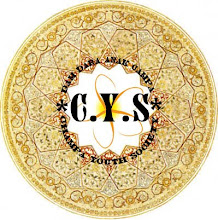Chế Bồng Nga, Che Bunga, or Binasuor ruled Champa from 1360 - 1390 CE. Bunga is the Malay word for ‘flower’, and “Chế” is the Vietnamese transliteration of Sri, a Sanskrit title of veneration often preceding the name of a Cham nobleman. After the conquest of Champa, the Vietnamese assigned the surname “Chế” to all persons of Cham origin. Also known as The Red King, Che Bong Nga was the last strong king of the kingdom of Champa. In Vietnamese stories he is called The Red King. Chế Bồng Nga apparently managed to unite the Cham lands under his rule and by 1372 he was strong enough to attack Vietnam from the sea. Under the great general, Cham forces raided the Vietnamese city of Thang Long twice, in 1371 and 1378. The Chams forced the king of Dai Viet to move the statues at his ancestors’ tombs at Thang Long to the modern Hai Duong province in 1381. Following these victories, Che Bong Nga threatened to retake all of the lost Cham territories. Additionally, he threatened to take the two southern Vietnamese provinces of Nghe An and Thanh Hoa. At the time, Champa posed a real threat to the existence of the late Tran Dynasty in Dai Viet. The Vietnamese therefore fled from them, and Vietnamese commanders, including Ho Quy Ly, future founder of the Ho Dynasty, frequently drew back when facing them in combat. In 1383, the Chams even laid siege to the Vietnamese capital of Thang Long (now Hanoi) for six months. Che Bong Nga died in 1390, repordtly in a naval battle with the Vietnamese. The events of Che Bong Nga’s reign and invasion of Vietnam spelled the end of the Tran Dynasty in Vietnam, which was revealed as weak and ineffective in the face of the Cham General.
Taken from:
Taken from:

Không có nhận xét nào:
Đăng nhận xét